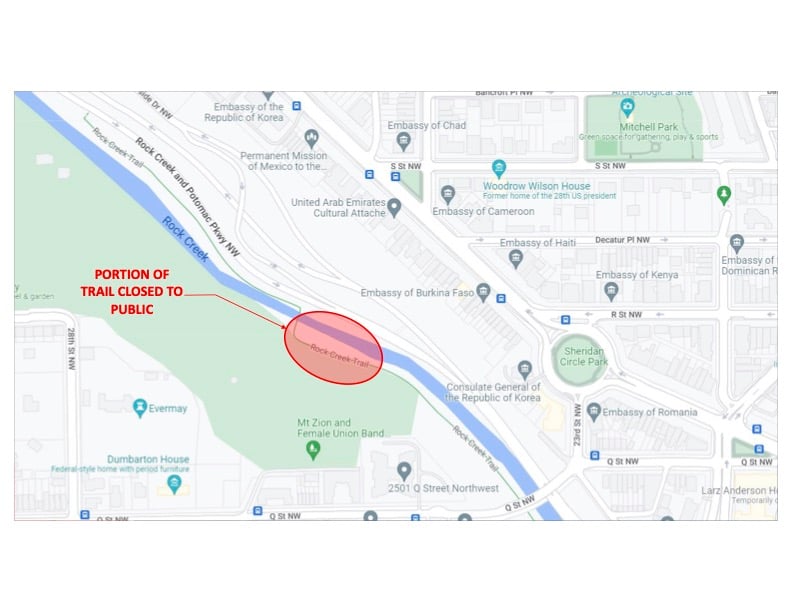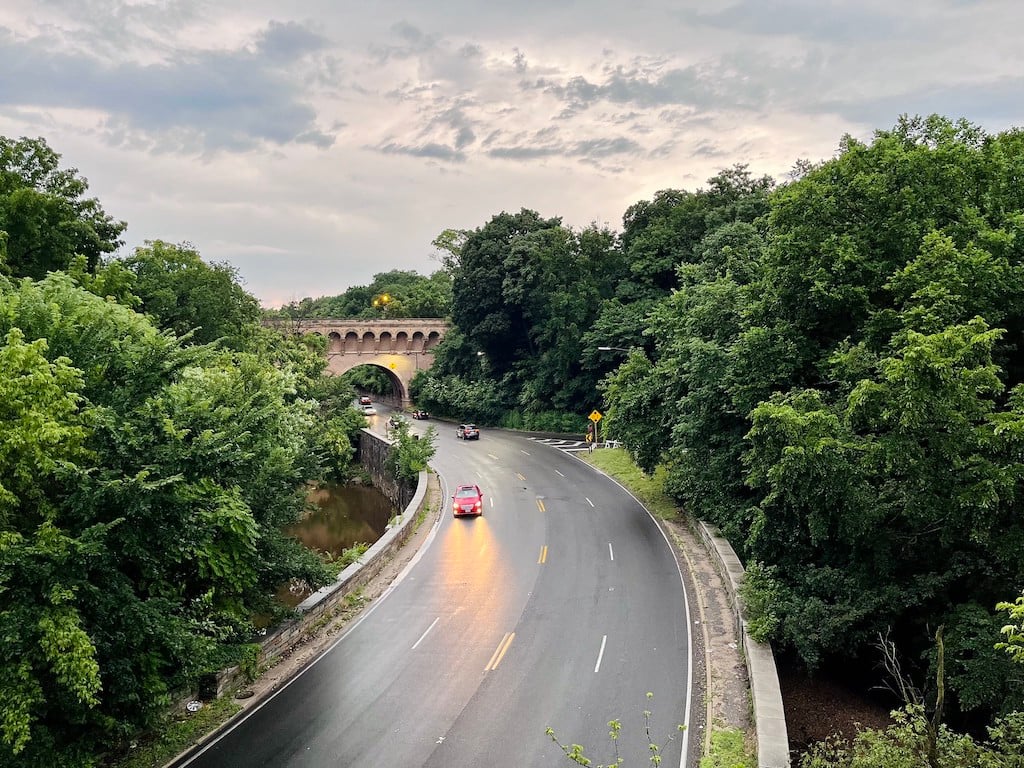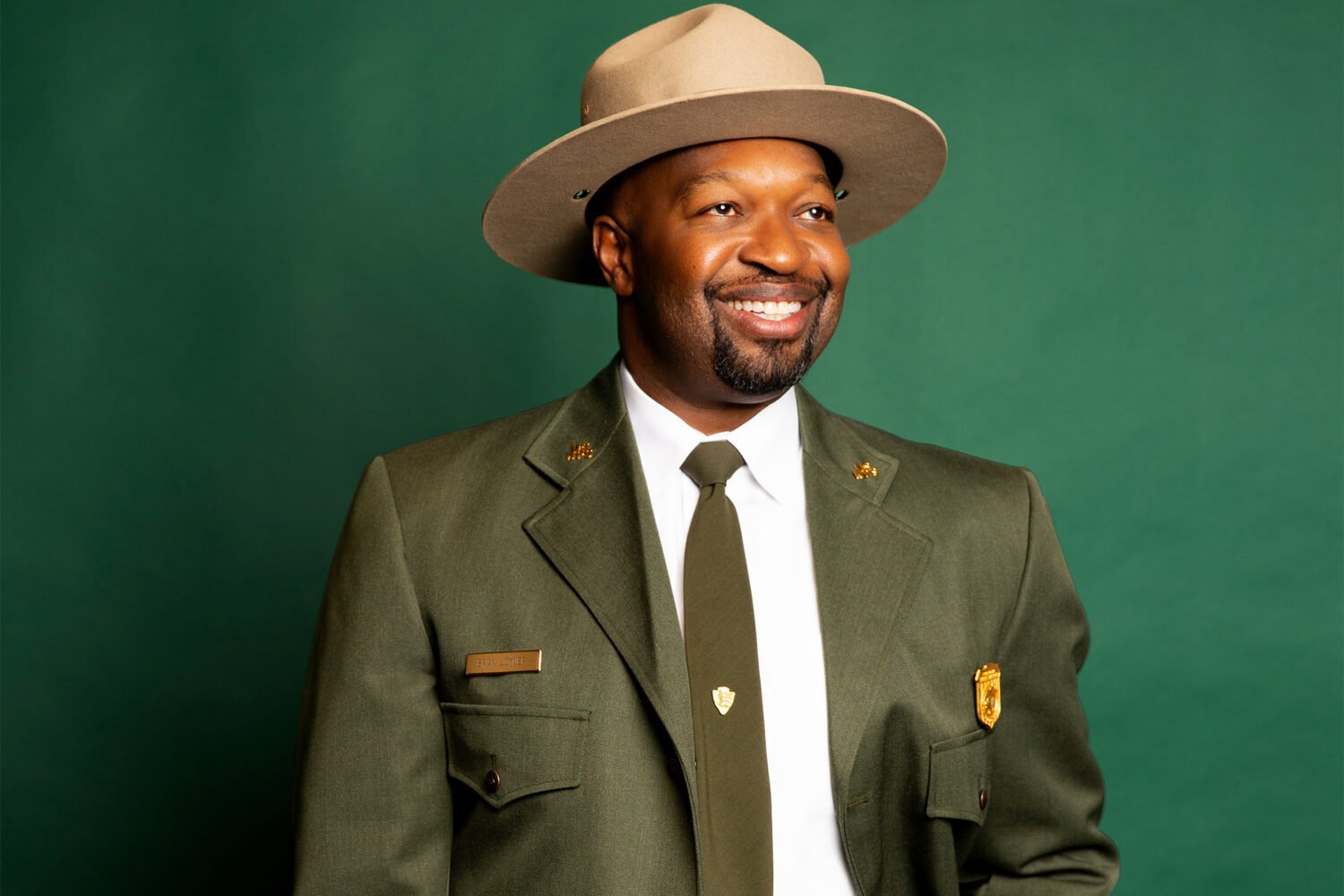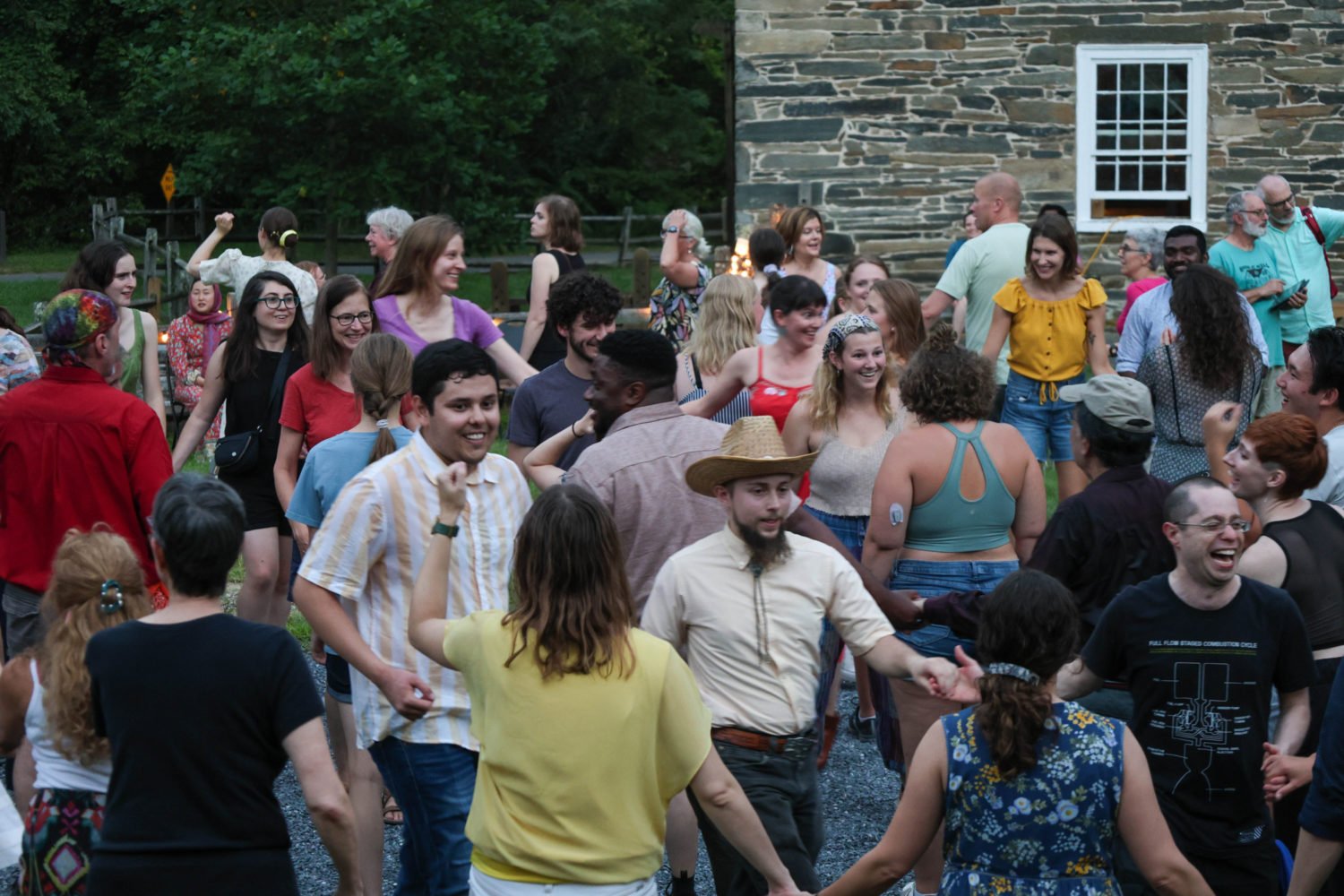This weekend, the weather will be warm, but runners, walkers, and bikers will have to avoid parts of one of DC’s most popular trails: the paths along Rock Creek Park near Georgetown. It’s for good reason—an archeological exploration of two of DC’s oldest Black cemeteries will begin there on March 21.
The land, which surrounds part of the trail, once belonged to the Mount Zion and Female Union Band Society cemeteries. The area has been used for Black burials since as early as 1804. In a few weeks, the National Park Service, DDOT, and a historical society dedicated to the cemeteries will collaborate on the project. They’ll use non-penetrating sonar tech to examine the area not only for remains but also for artifacts like seashells, pottery, and glass. Many of these items, commonly included in nineteenth-century African American burials, have already turned up.
The cemeteries’ land was acquired by the US government via eminent domain in 1931 for the development of Rock Creek Parkway, but there is little evidence that the grounds were checked or that any bodies were reinterred elsewhere.
The excavation was set in motion in the fall of 2021, when Mount Zion-Female Union Band Society Memorial Park’s executive director, Lisa Fager, found a construction crew working on expanding a bike path within the cemeteries’ limits. No one had contacted her or her organization, which has been focused on the cemeteries since 2005. In fact, the burial grounds had been left off the maps used by city and federal agencies.
That section of the trail has been closed since the fall, in order to prevent any damage to the area before it’s closely examined. The project had to wait until temperatures rose, because the sonar technology requires the ground to be warm.
There’s no detour or alternative route, so don’t plan on using this part of the trail until March 28, when the area is scheduled to reopen.


















